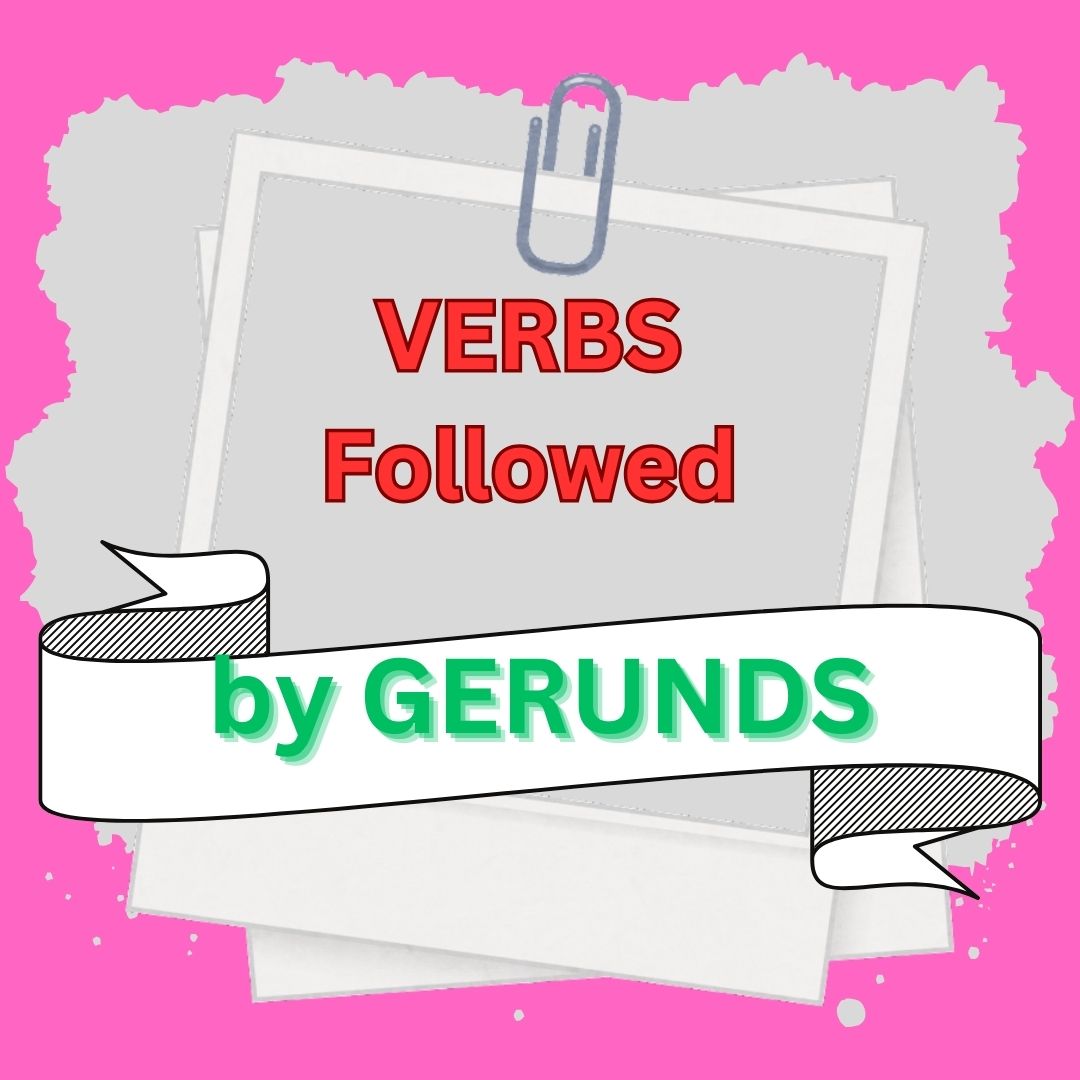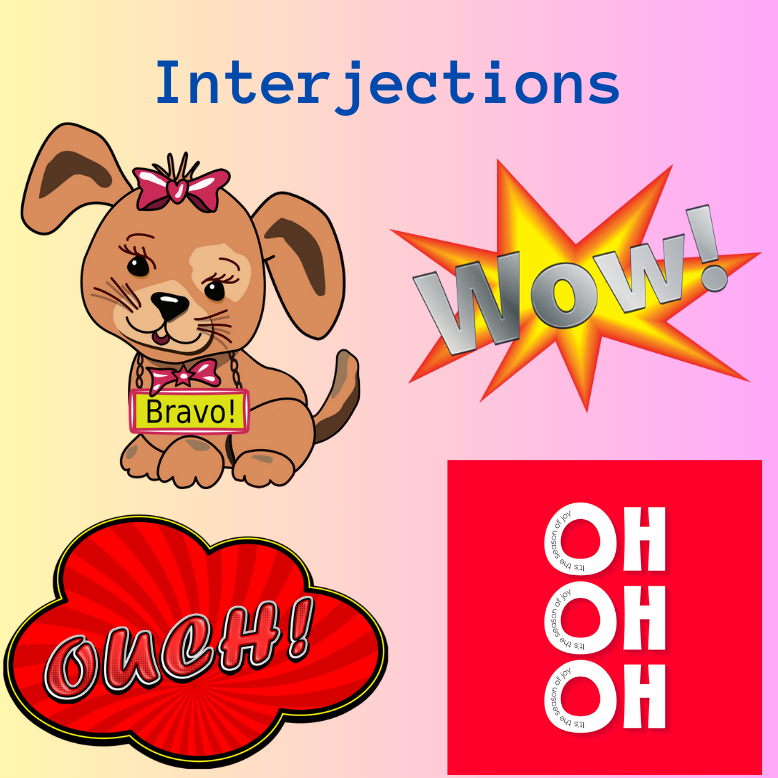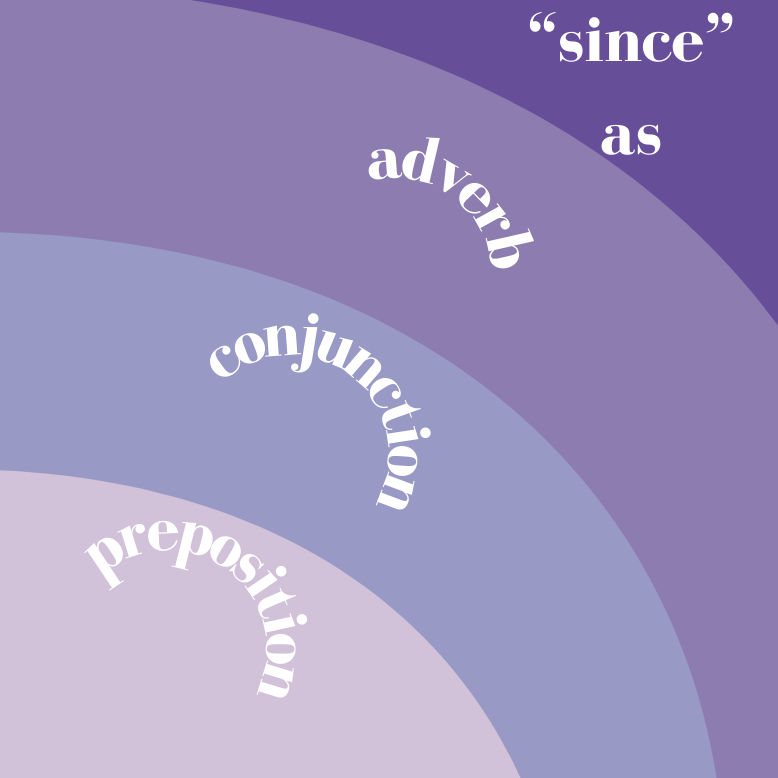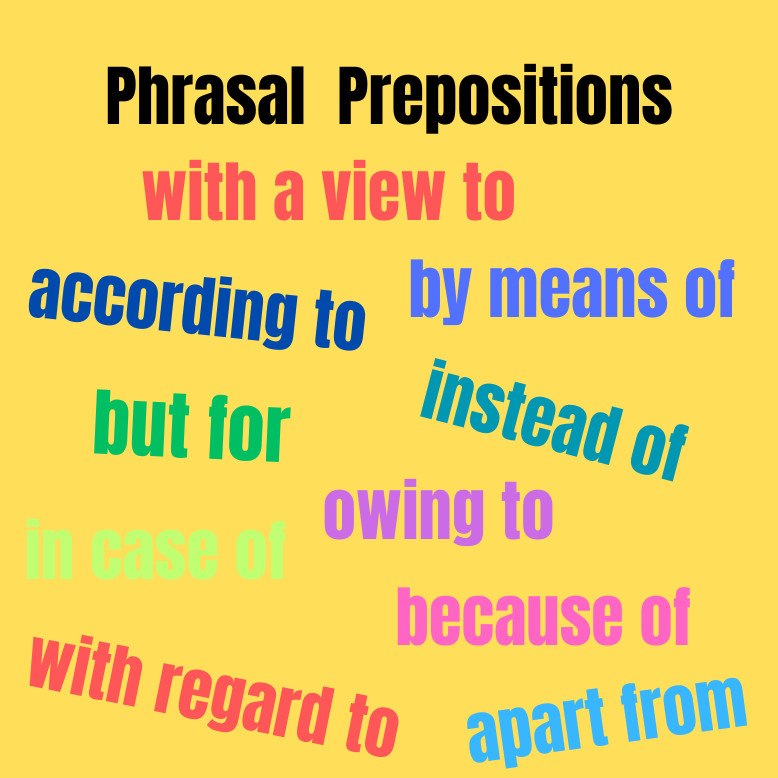Category: grammar in use

Verbs followed by Infinitives
An Infinitive = to + the simple verb form (to walk, to study, to be, to do, etc.) Some verbs are followed by an infinitive (like to eat, agree to help, etc.) In negative forms, do not precede the infinitive (promise not to go, decide not to be late, etc.)

Verbs followed by Gerunds
Examples: I enjoy playing. I don’t mind getting up early. It has not stopped raining. My friends and I suggested going to the cinema. Keep doing morning exercises every day!

The Interjection
Interjections are versatile and can be used to add emotion, emphasis, or spontaneity to a sentence. They often stand alone and don't have a grammatical connection to the rest of the sentence.

Adverb, conjunction, and preposition examples
These examples demonstrate how the same word can function as different parts of speech (conjunction, preposition, or adverb) based on its context within a sentence. Understanding the context is key to correctly identifying their functions.

Phrasal Prepositions
Phrasal prepositions are combinations of verbs and prepositions that function as a single unit to convey a specific meaning.